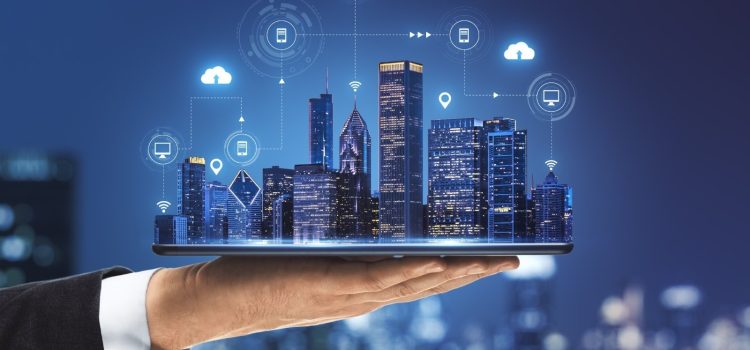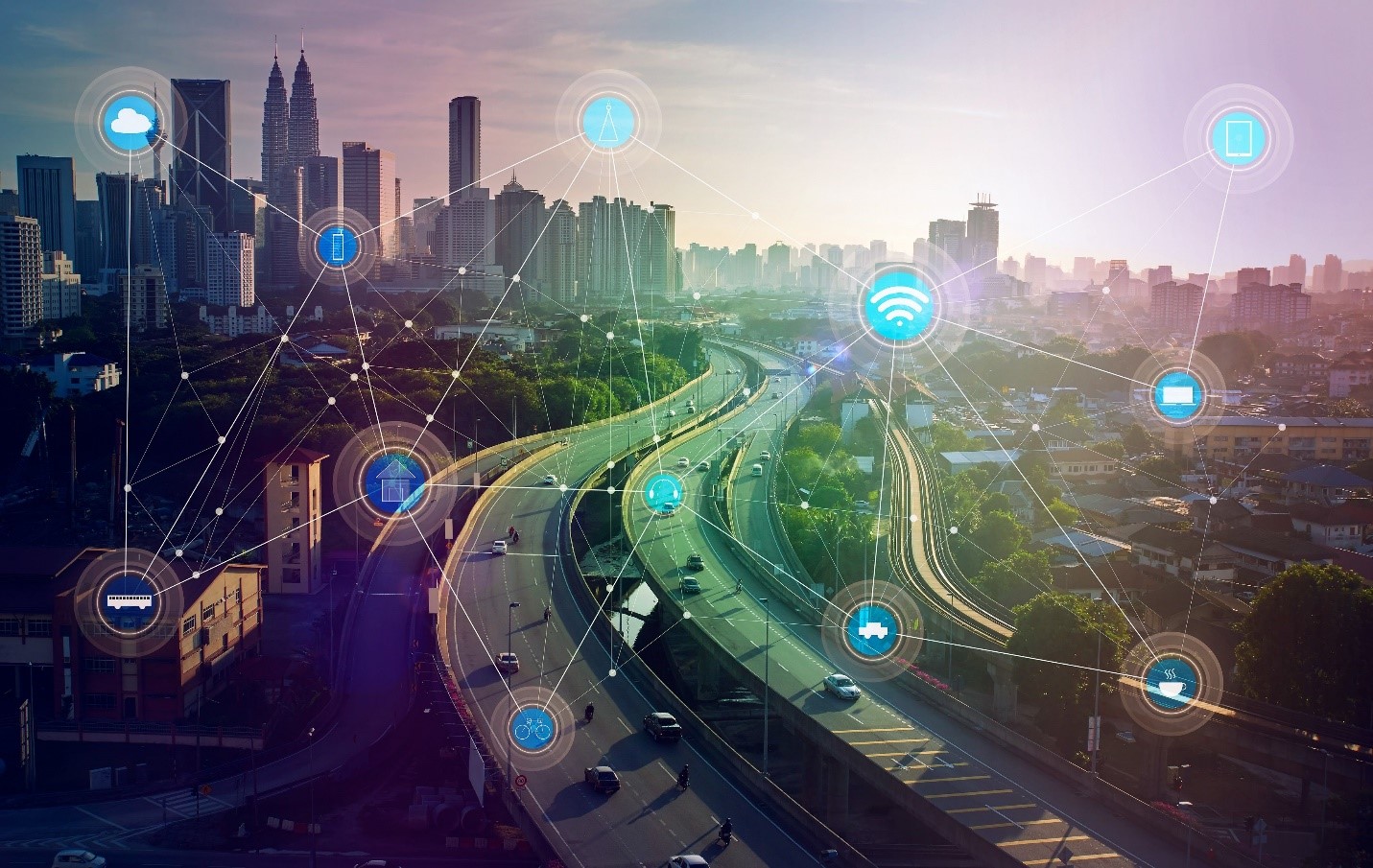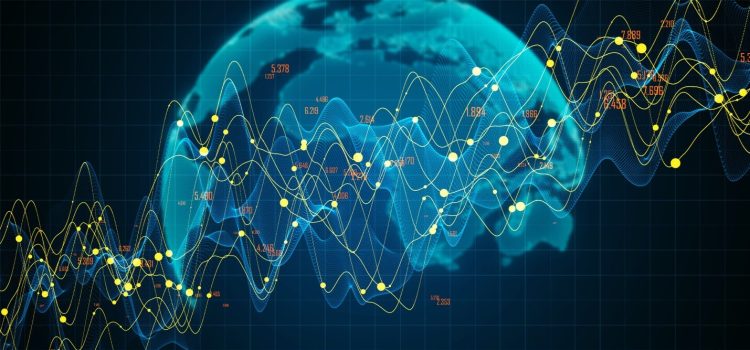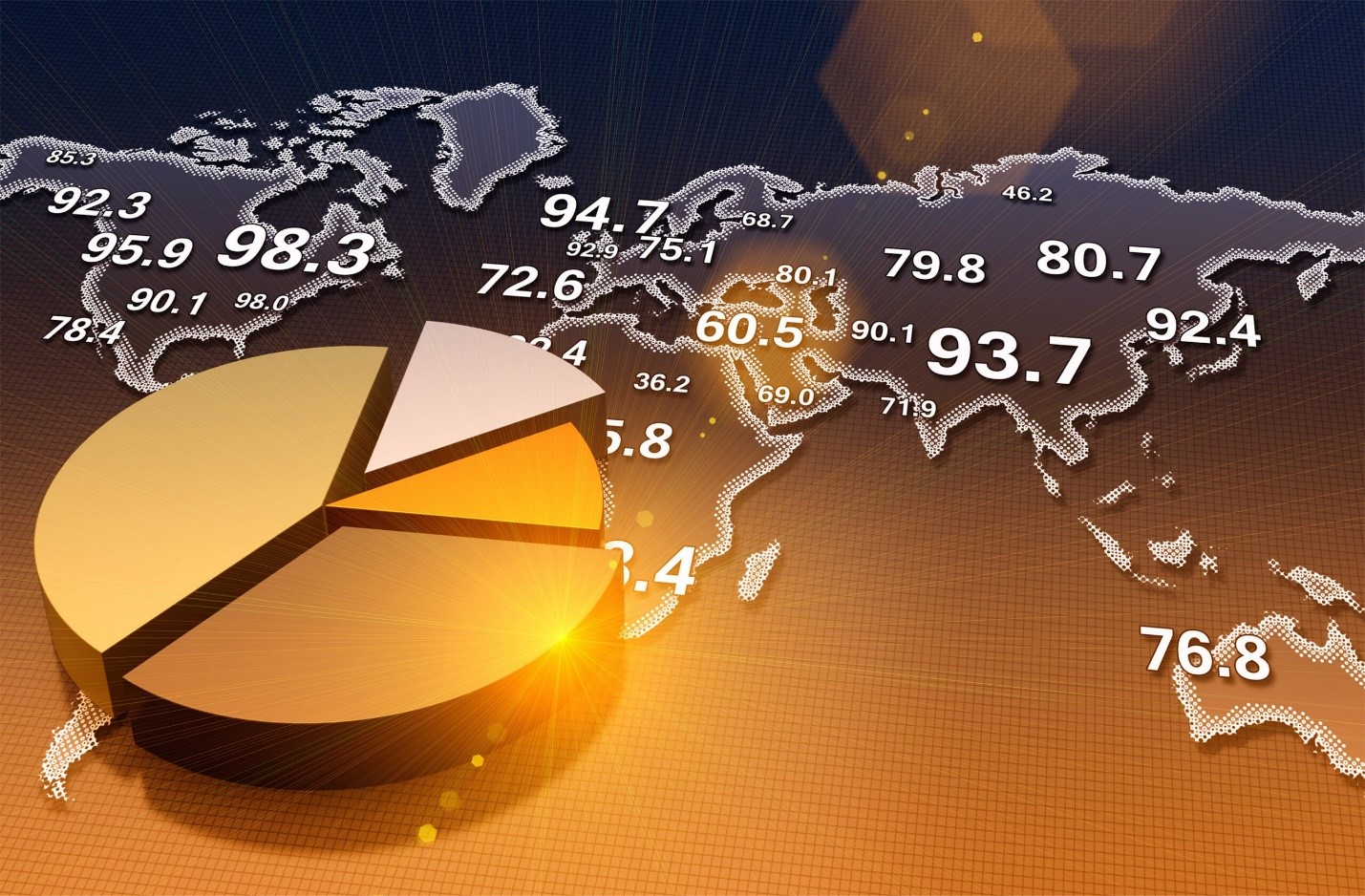
Climate change is no longer a distant threat; it has become an immediate and pressing issue that affects various aspects of our lives, including our health. The intricate relationship between climate change and health is multifaceted, encompassing a range of direct and indirect effects. This article aims to explore the impact of climate change on health trends, shedding light on the various ways in which our changing environment is influencing public health.
Direct Health Impacts
Heat-Related Illnesses
One of the most immediate and observable impacts of climate change is the increase in global temperatures. Heatwaves have become more frequent and intense, leading to a rise in heat-related illnesses such as heatstroke, dehydration, and exacerbation of pre-existing cardiovascular and respiratory conditions. Vulnerable populations, including the elderly, children, and those with chronic illnesses, are particularly at risk.
Respiratory Issues
Climate change contributes to the deterioration of air quality, primarily through the increase in ground-level ozone and particulate matter. These pollutants can exacerbate respiratory conditions like asthma and chronic obstructive pulmonary disease (COPD). Wildfires, which are becoming more frequent and severe due to climate change, also contribute significantly to air pollution, further impacting respiratory health.
Indirect Health Impacts
Vector-Borne Diseases
Climate change is altering the distribution and behavior of disease vectors such as mosquitoes and ticks. Warmer temperatures and changing precipitation patterns create favorable conditions for the proliferation of these vectors, leading to an increase in diseases such as malaria, dengue fever, and Lyme disease. Regions that were previously unaffected are now at risk, posing new public health challenges.
Food and Water Security
Climate change affects agricultural productivity through changes in temperature, precipitation, and the frequency of extreme weather events. This can lead to food shortages and malnutrition, particularly in vulnerable regions. Additionally, the contamination of water sources due to flooding and rising sea levels can lead to waterborne diseases such as cholera and dysentery.
Mental Health Impacts
The psychological impact of climate change is an emerging area of concern. The stress and anxiety associated with extreme weather events, displacement, and uncertainty about the future can lead to mental health issues such as depression, anxiety, and post-traumatic stress disorder (PTSD). Communities that experience frequent natural disasters are particularly vulnerable to these mental health challenges.
Socioeconomic Disparities
The health impacts of climate change are not evenly distributed; they disproportionately affect low-income communities and developing countries. These populations often lack the resources and infrastructure to effectively respond to climate-related health threats. Socioeconomic disparities exacerbate the vulnerability of these communities, leading to a cycle of poor health outcomes and increased poverty.

Adaptation and Mitigation Strategies
Addressing the health impacts of climate change requires a multifaceted approach that includes both adaptation and mitigation strategies.
Adaptation
Adaptation involves making adjustments to reduce vulnerability and enhance resilience to the health impacts of climate change. This can include:
- Improving Healthcare Infrastructure: Strengthening healthcare systems to better respond to climate-related health issues.
- Public Health Campaigns: Raising awareness about the health risks associated with climate change and promoting preventive measures.
- Early Warning Systems: Developing and implementing early warning systems for extreme weather events and disease outbreaks.
Mitigation
Mitigation focuses on reducing the factors that contribute to climate change, thereby lessening its health impacts. Key mitigation strategies include:
- Reducing Greenhouse Gas Emissions: Implementing policies and technologies to reduce carbon emissions from industries, transportation, and agriculture.
- Promoting Renewable Energy: Transitioning to renewable energy sources such as wind, solar, and hydroelectric power.
- Sustainable Practices: Encouraging sustainable agricultural and industrial practices to reduce environmental degradation.
Conclusion
The impact of climate change on health trends is profound and multifaceted, affecting everything from heat-related illnesses and respiratory issues to vector-borne diseases and mental health. The burden of these health impacts is disproportionately borne by vulnerable populations, exacerbating existing socioeconomic disparities. Addressing these challenges requires a comprehensive approach that includes both adaptation and mitigation strategies.
As we continue to grapple with the realities of climate change, it is crucial to prioritize public health in our response efforts. By understanding and addressing the health impacts of climate change, we can work towards a healthier, more resilient future for all.












